
 The 1930 Series ... market success back then and now.
The 1930 Series ... market success back then and now.
Duravit marks a return to traditional design with its new 1930 Series, a range that was inspired by a model that was a market success as early as the 1930s.
For Duravit, 1930 isn’t just the name of the range but a reference to the thirties and the Bauhaus period, the impact of which is still felt today on architecture and art, for instance, the latest addition to the range – the built-in bathtub.
With dimensions of 180 cm by 80 cm, the bathtub from the 1930 Series is octagonal on the inside and rectangular on the outside.
“At the same time, the timeless design has been combined with state-of-the-art whirl technology,” says a spokesman for the German bathrooms specialist. “As a two-seater tub with central outlet, it comfortably offers space for two. Here, too, the rectangular outer shape facilitates installation.”
The affinity with mathematics and architecture of the Bauhaus is again reflected in the octagonal footprint of the sanitary ceramics. “The interesting aspect of the octagon lies in the different lengths and widths, determining the design of the washbasin, WC, bidet and accessories,” he adds.
 |
In addition to the washbasin in widths of 60, 70 and 80 cm with matching pedestals, there is also a built-in washbasin with a width of 58 cm for installation in practical surrounds. As an alternative to the 50-cm-wide hand-rinse basin, a corner hand-rinse basin has also been offered as a solution. A bidet and WC are available as free-standing and wall-mounted versions and these too come with an octagonal body and octagonal lid.
All accessories feature skilled craftsmanship and an eye for detail – from the towel stand and mirror to the glass holder and soap holder. “Even the ceramic shelf is octagonal and the fastening of the towel holder has eight corners. For the metal surfaces, there is a choice of chrome or high-quality brass. This delicate design that is continued through to the very last detail of the 1930 Series makes the ‘octagon’ a real bathroom classic,” the spokesman concludes.



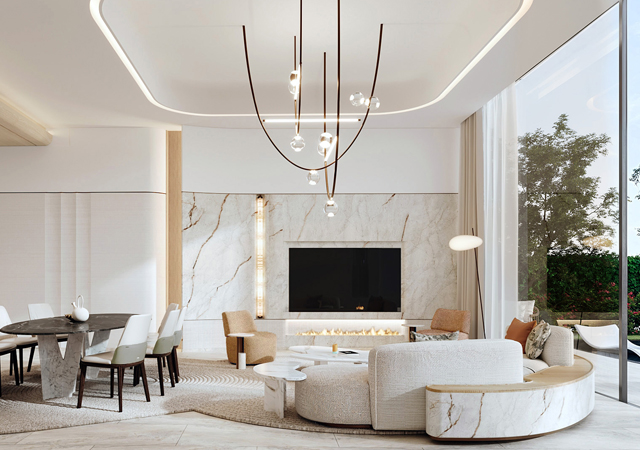
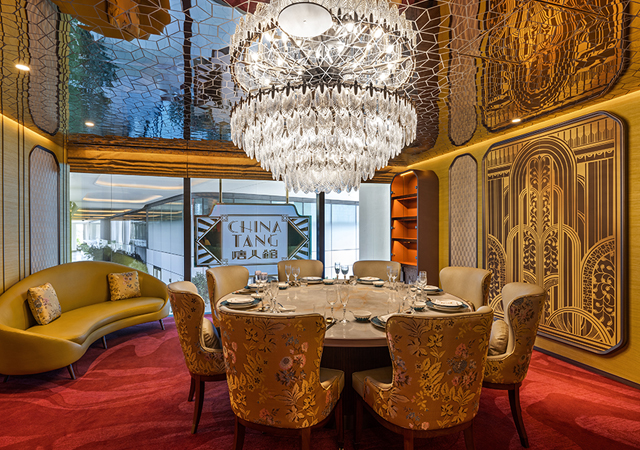

.jpg)


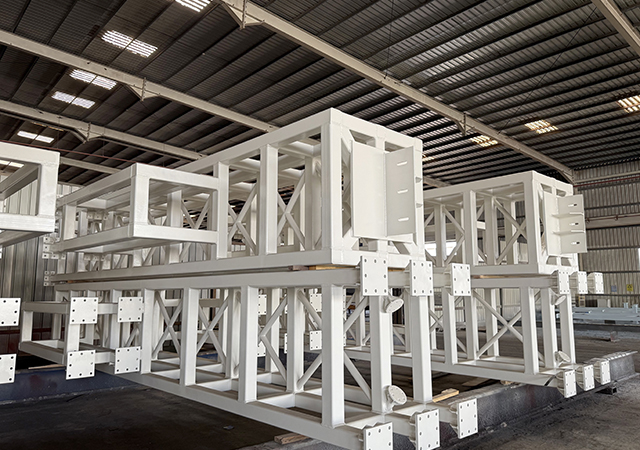






.jpg)












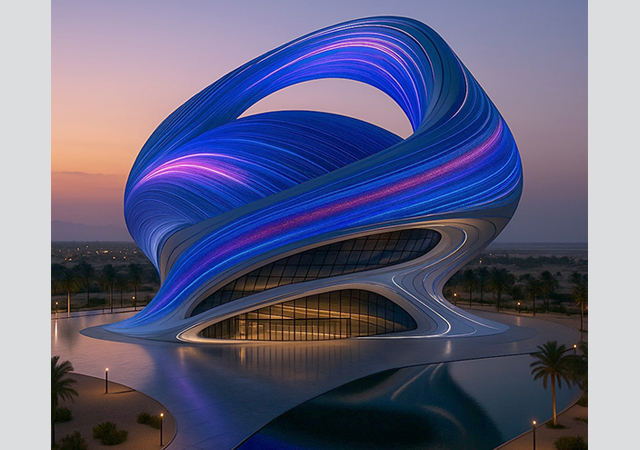

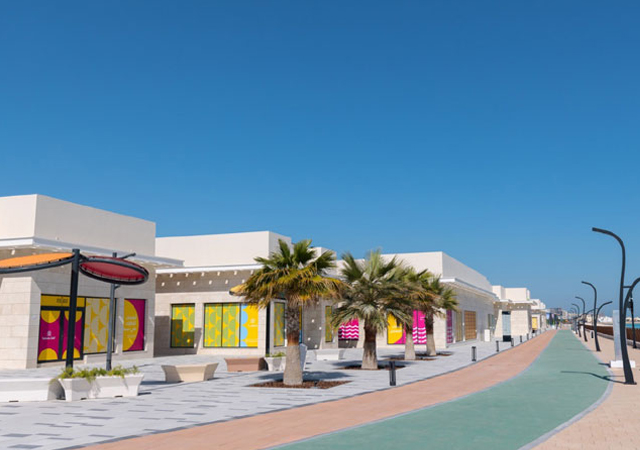





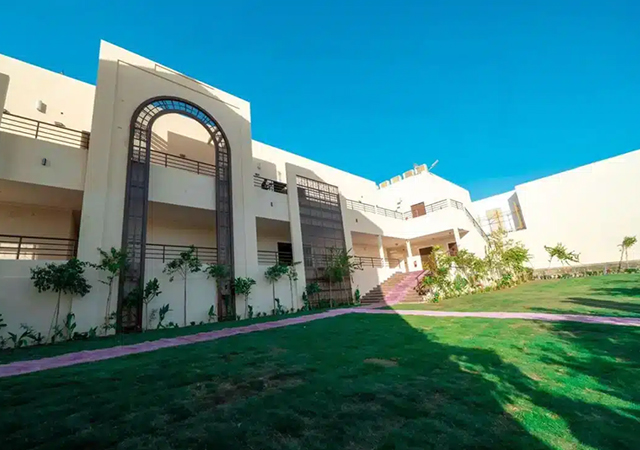















.jpg)



